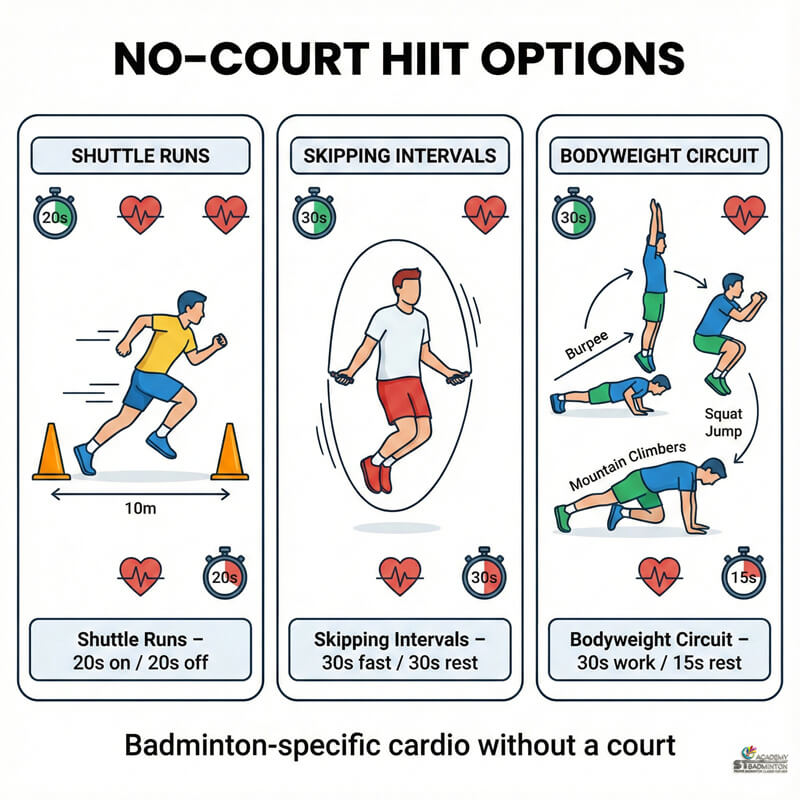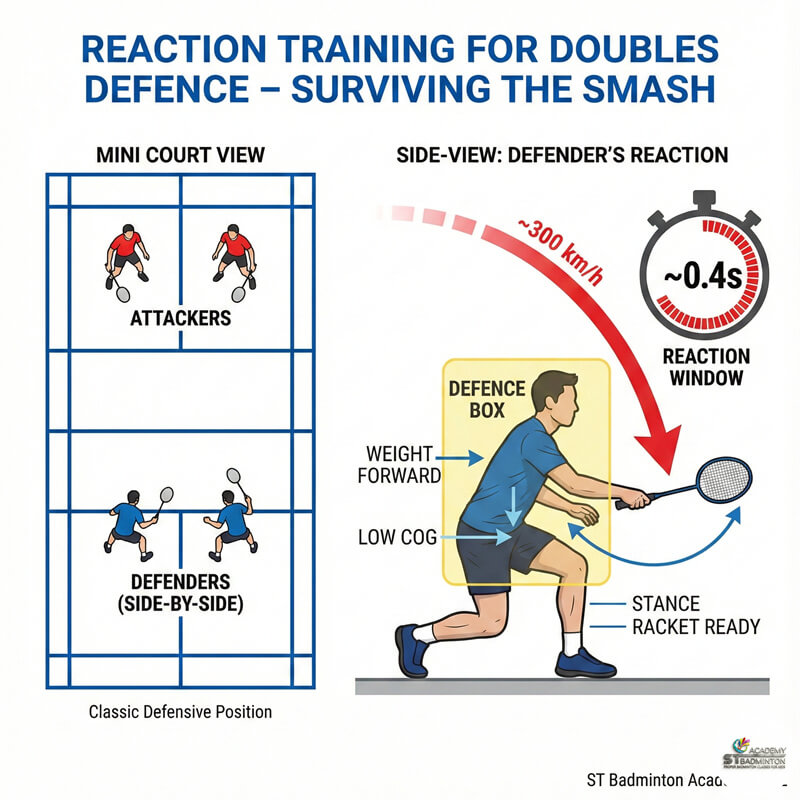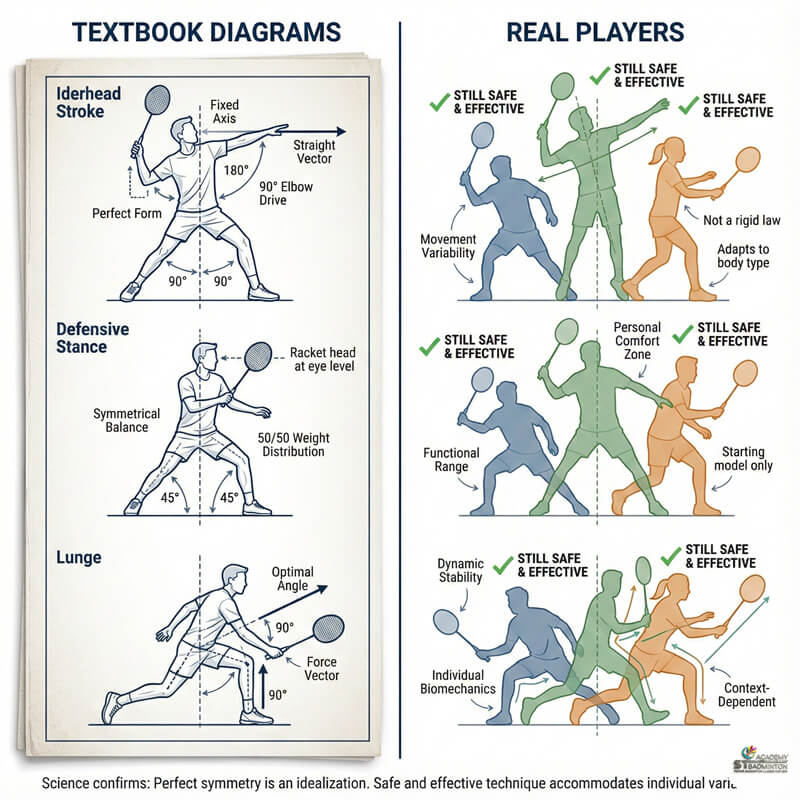Welcome to ST Badminton Academy’s badminton training in Malaysia! As a badminton training coach, I’m often asked about the best drills for improving defensive skills. If you’re looking to improve your defense in badminton, there are lots of great drills that can help you hone your technique and react faster on the court. In this article, I’ll be sharing my top tips for developing defensive skills through effective practice sessions. So let’s get started!
Footwork Drills
Nothing can quite match the satisfaction of winning a badminton point, especially when it’s due to superior defensive skills. So I’m here to help you take your game up another notch with some footwork drills that will get you in tip-top shape for your next tournament.
Let’s start by working on our backpedal drills as this is one of the most important parts of any good defense. When playing drop shots or hard smashes, having quick and agile feet is essential if we want to be able to return these shots successfully without giving away easy points.
We’ll practice moving backwards quickly while keeping our balance so that we are always ready for whatever comes our way during a match. Other than choosing a good racket and also remember to choose the best racket restring in Malaysia.
Now let’s focus on improving those drop shots! These require precision and timing, qualities that can only be developed through consistent practice and repetition.
The key is learning how to read the opponent’s swings correctly by watching their wrist movements and anticipating where they will place the shuttlecock after every hit. With enough practice, you’ll soon have mastered the finesse technique needed to execute perfect drop shots time after time!
It’s now time to switch gears and move on to shadow drills. This drill requires us to center ourselves mentally and physically before each training session…
Shadow Drills
Shadow drills are a great way to improve defensive skills in badminton training. These drills involve the player shadowing their opponent’s movements and mimicking them exactly, while also attempting to react quicker than their opponent.
This type of drill helps players develop an understanding of the court space as well as develop better racket control and net play. Here are four key points that make shadow drills incredibly effective:
| Key Points for Effective Shadow Drills in Badminton Training | Description |
|---|---|
| Develops Spatial Awareness | Shadow drills aid in understanding court usage by observing when to move quickly or take time with shots. Enhance spatial awareness to navigate the court effectively. |
| Improves Reaction Speed | Watching the opponent’s shots in shadow drills helps identify shots requiring quick reactions, improving overall reaction speed on the court. |
| Enhances Net Play | Focus on net play during shadow drills increases precision in attacking or defending around the net, a crucial area of the court. |
| Increases Racket Control | Observing opponent strokes in shadow drills allows players to pick up cues for manipulating the shuttlecock with the racket, maximizing the advantage over the opponent. |
Reaction Drills
Having discussed shadow drills for improving defensive skills in badminton training, it’s time to move on to the next step of our journey: reaction drills. These exercises are designed to help players improve their reflexes and become more agile on the court. So let’s get started!
The first drill we will discuss is a punching drill. This exercise involves two players standing across from each other at the net with one racket each. The goal is for both players to hit the shuttle as quickly as possible when it comes over the net, using only forehand punches.
Players can increase the difficulty level by exchanging shots faster or adding variation with different types of strokes such as backhands and smashes.
Next up are footwork drills which involve changing direction quickly while maintaining balance and proper footwork techniques. One way this can be done is by having an attacker run towards and around a defender who has to move swiftly side-to-side trying not to lose ground while attempting to intercept any incoming shots. This helps defenders learn how to anticipate where their opponent will go next and develop better agility techniques that they can use during actual matches.
Power Drills
Power drills are great for building strength and refining technique in badminton training. They challenge players to move quickly on their feet while displaying controlled power. Here’s a list of 3 power drills that can help you boost your defensive skills:
| Power Drills for Boosting Defensive Skills in Badminton | Description |
|---|---|
| Drop & Lift Drill | Improve footwork, agility, and speed by dropping down low and quickly jumping up after hitting the shuttlecock. Keep the knees bent during the drop for efficient energy transfer. |
| Double Underarm Smash Drill | Master the double underarm smash shot with both arms. Begin by practicing each arm individually before combining them. Alternate sides with each smash, focusing on perfecting form for high-quality shots. |
| High-Intensity Interval Training (HIIT) | Use HIIT to increase endurance for better defense against powerful smashes. Perform 30 seconds of intense exercise (e.g., skipping rope or sprints) followed by 30 seconds of rest for 10 minutes. Adjust intensity and duration as needed. |
These three exercises are great for developing strength and sharpening technique in badminton defense training sessions. With regular practice and dedication, these drills can help take your game to the next level!
Rebound Drills
I’m a big fan of rebound drills for improving defensive skills in badminton training. When it comes to footwork drills, I suggest doing lunges and side shuffles to help increase agility. For forehand drills, I recommend doing jump smashes to help improve power and accuracy. For backhand drills, I suggest practicing jump backhand drives to improve positioning and control. All these drills help develop the essential defensive skills in badminton so players can become well-rounded athletes.
Footwork Drills
Hey there badminton training coaches and skills experts! Let’s talk about one of the best drills to improve your defensive skills in badminton: footwork drills. Footwork is essential for any player, no matter what their level of play. It allows you to get into position quickly and move around the court with ease so that you can be ready to return shots at any time.
To develop proper footwork techniques, try practicing different types of rebound drills such as serving techniques or mental focus exercises. Doing these will help hone your reflexes and reaction times while also improving your agility on the court. When it comes to defending against incoming shots, having good footwork is key—so keep those feet moving!
Forehand Drills
Alright, now that we’ve discussed the importance of footwork drills for defensive play, let’s move on to another type of rebound drill: forehand drills. As a badminton training coach or skills expert, I’m sure you know how important it is to have proper grip technique when executing a powerful forehand shot and mastering placement as well. The key here is to practice your stroke with precision while getting into position quickly so that you can react faster than your opponent.
You want to be able to hit accurate shots in any direction without having too much power or not enough follow-through. Incorporating mental focus exercises like visualizing where you want the shuttlecock to go will also help improve your accuracy and consistency during matchplay. So keep practicing those forehand strokes and make sure you’re focusing on perfecting both your grip technique and smash placement!
Backhand Drills
Now that we’ve discussed the importance of forehand drills for defensive play, it’s time to move on to backhand drills! As a badminton coach and skills expert, I’m sure you know how important proper net positioning is when executing a powerful backhand shot. While getting into position quickly is still key, you also want to be able to control the shuttle with precision so that your opponent isn’t expecting any surprises.
Visualizing where you want the shuttlecock to go will help improve accuracy and consistency during matchplay and make sure your grip technique stays consistent from one shot to another. So keep practicing those backhand strokes and don’t forget about net positioning – it’ll make all the difference in the end!
Extended Reaches
Extended reaches are some of the best drills for improving defensive skills in badminton training. They challenge players to cover a larger area and be ready to move quickly, as well as help them develop agility and quick reaction times.
I recommend incorporating multi-directional extended-reach drills into your practice sessions so that you can sharpen your defending abilities from all angles. This includes anticipatory drills which replicate game situations and require players to anticipate where their opponents will hit next.
These types of drills also force the player to have good coordination between their arms and legs when moving around the court. It’s important for defenders to maintain balance while reaching for shots at extreme angles, so these extended reach exercises help build up strength and stability in those areas. Practicing with a partner is optimal since it adds more pressure during drills, plus helps both players learn how to read each other’s movements better.
In addition, by doing this type of drill regularly, you’ll gain an improved awareness of court positioning that will put you ahead in matches too! Working on extended reaches should become part of any defender’s regular training routine if they want to get better at defending against fast attacks or tricky net play. So give it a go – start today and see how far you can push yourself with these challenging yet effective defensive drills! Now let’s move on to lateral jumps…
Lateral Jumps
It is not the destination, but rather the journey that matters” – an adage to remember when it comes to any sport, including badminton. When looking at defensive drills and agility training in particular, lateral jumps are one of the best tools out there. Lateral jumps involve a wide range of movements that require you to be agile on your feet as well as strong enough to maintain balance while performing them:
| Importance of the Journey in Badminton and the Role of Lateral Jumps | Description |
|---|---|
| Adage | “It is not the destination, but rather the journey that matters” is a reminder of the significance of the process in any sport, including badminton. |
| Focus Area | In defensive drills and agility training, lateral jumps stand out as effective tools. They involve a variety of movements, demanding agility, strength, and balance. |
| Lateral Jump Movements | – Jumping side-to-side over a low hurdle or rope; – Shifting weight from one foot to another while maintaining form; – Moving quickly forward and backward in quick succession; – Doing small hops repeatedly with both feet at once. |
These lateral jump drills can help improve reaction time, coordination, and speed for players who need to defend against incoming shots. Even though these drills may seem simple, they have been proven effective in improving overall performance by strengthening key muscle groups.
Furthermore, shuttle drills such as rallies between two players can also be used to practice defensive skills; this involves hitting back-and-forth shots from opposite sides until either player misses. By introducing game-like scenarios into drills like these, you can make sure that players stay alert and focused during their training sessions.
With increased strength and agility through the regular practice of lateral jumps and shuttle drills come improved defense capabilities; however proper recovery after each session should never be neglected if you want long-term success!
Recovery Drills
Recovery drills are an essential part of any badminton training session. Whether it’s a beginner or experienced player, every badminton athlete needs to practice how to get back into position quickly after each shot in order to be successful.
The following table provides some examples of recovery drills that can help players improve their defensive skills:
| Drills | Focus Areas | Benefit |
|---|---|---|
| Net positioning drill | Footwork & balance | Improved defense and attack options |
| Serves practice | Reaction time | Faster response times for returning serves |
| Shuttle runs | Endurance | Increase stamina over long rallies |
These recovery drills will not only sharpen your defensive skills but also teach you how to move quickly around the court while maintaining accuracy and control. Practicing these drills on a regular basis will give you the confidence necessary to stay competitive in challenging matches. With the right technique and plenty of repetition, you’ll soon find yourself playing at peak performance!
Frequently Asked Questions

What Is The Best Warm Up Routine Before Badminton Training?
As a badminton training coach, the best warm-up routine before badminton training is one that focuses on footwork drills and shadow play. Footwork drills involve quick movements to help you become more agile and fast on your feet when playing. Shadow play involves mimicking the shuttlecock’s path without actually hitting it; this will help improve accuracy and consistency. These two exercises are great for getting warmed up before any game or practice session so make sure to include them in your pre-game routine!
How Much Time Should Be Dedicated To Each Drill?
For example, if you’re focusing on defensive skills in badminton training, then it’s important to dedicate time to both footwork and rally drills. Generally speaking, I recommend each drill receive equal amounts of attention – so roughly 15 minutes per drill. This gives players enough time to get comfortable with the basics before moving on to more complex drills or variations which can help improve their overall game.
What Are The Benefits Of Improving Defensive Skills In Badminton?
Improving defensive skills in badminton can provide many great benefits. Quick feet and shadow play drills can help you to become a better defender, as they focus on improving your agility and footwork. By regularly practicing these drills, you’ll be able to move around the court with ease and anticipate where your opponent’s shots are going. This will give you an edge during matches, enabling you to react quickly and get into position faster than ever before!
How Can Players Practice Drills By Themselves?
When it comes to improving defensive skills in badminton, practice drills are key. Serving technique and footwork drills can be practiced by yourself if you don’t have a partner for training. Start with simple exercises such as lunges that strengthen the legs and help improve balance.
Then move on to forehand returns and backhand clears while doing side-to-side movements; this will get your body used to rapid changes of direction when playing against an opponent. Make sure you keep track of how many successful shots you make so that you can measure improvement over time!
Are There Any Specific Drills For Improving Reaction Time?
Yes, there are some specific drills for improving reaction time. To hone your reflexes and footwork on the badminton court, try these simple yet effective drills. First, practice shot placement with a partner: have them stand opposite you from either side of the net, then alternate shots to each other so that they can change their angles while you anticipate where they’ll hit next.
Additionally, work on quick feet by running short sprints around the court or practicing agility drills like ladder runs and jumps; this will help develop better coordination between hand-eye movements and footwork skills. And finally, create challenge points by adding additional elements such as shuttlecocks or targets – anything to make you think faster and move quicker! With these drills in mind, you’re sure to improve your defensive abilities in no time.
Learn Professional Defensive Skills in Badminton Training Malaysia
These drills are essential for improving defensive skills in badminton. If you take the time to practice them, you will soon notice a marked improvement in your performance on the court.
It is important to remember that consistent and dedicated practice is key; if you don’t put in the work, it won’t pay off. Like a butterfly emerging from its cocoon, so too can your defensive skills be transformed with enough hard work and dedication! So show up to each session ready to give it your all and reap the rewards of improved badminton prowess.





